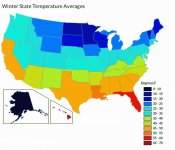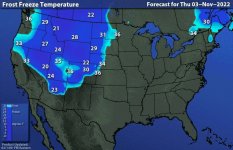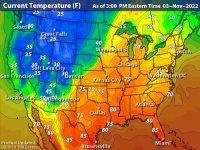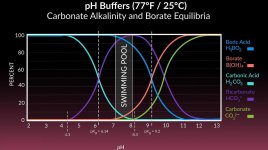I tend to not formally close my uncovered outdoor plaster pool since it doesn't freeze where I live, but at a late-in-the-day water temperature high of around 60 degrees F (15 C) it's currently too cold for me to swim in (this temperature point occurring around November 1st each year).
If I assume I wish to close the pool, for me, that doesn't mean all that much changes other than I kind of stop adding chlorine daily (yes, I know most people add it only weekly or they have automated systems such as SWCG), but since I exclusively use HASA liquid chlorine, the chlorine doesn't get added unless I add it.
Is there a consistent daily high water temperature that is so cold that you don't need to add chlorine anymore?
If so, what is that temperature?
And do you maintain a reduced chlorine level or do you still keep it above 7.5% of the CYA levels (which for me is set at about 30 ppm) all during the (admittedly mild) winter?
The main question, I guess, for me anyway, is at what temperature does algae (and bacteria) tend to grow so slowly that the chlorine level isn't important anymore?
If I assume I wish to close the pool, for me, that doesn't mean all that much changes other than I kind of stop adding chlorine daily (yes, I know most people add it only weekly or they have automated systems such as SWCG), but since I exclusively use HASA liquid chlorine, the chlorine doesn't get added unless I add it.
Is there a consistent daily high water temperature that is so cold that you don't need to add chlorine anymore?
If so, what is that temperature?
And do you maintain a reduced chlorine level or do you still keep it above 7.5% of the CYA levels (which for me is set at about 30 ppm) all during the (admittedly mild) winter?
The main question, I guess, for me anyway, is at what temperature does algae (and bacteria) tend to grow so slowly that the chlorine level isn't important anymore?
Attachments
Last edited:





